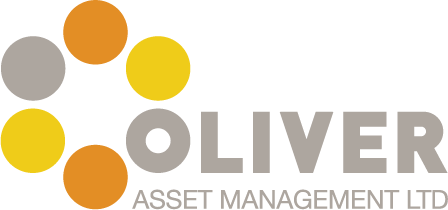I’m going to be lazy and let someone else make the points in my blog this week.
I’m too old, too long in the tooth and most definitely too irascible when I hear the phrase “…But XZY Fund Management (insert your favourite fund here) is a top performer” to respond rationally any more.
I thought the evidence of persistency of performance detailed in Standard & Poors twice annual scorecard to be pretty interesting.
Getting the asset allocation right, keeping costs under control and maintaining investment discipline still makes sense to this writer.
Here is a quote from the Standard & Poors half yearly SPIVA results:
“The phrase “past performance is not an indicator of future outcomes” (or some variation thereof) can be found in the fine print of almost all mutual fund literature. Yet due to either force of habit or conviction, investors and advisors alike consider past performance and related metrics to be important factors in fund selection. Does past performance really matter?
To answer this question on a continuous basis, the S&P Persistence Scorecard, released twice per year, tracks the consistency of top performers over yearly consecutive periods and measures performance persistence through transition matrices
Summary of Results
- Very few funds manage to consistently repeat top-half or top-quartile performance. Over the five years ending March 2011, only 0.96% of large-cap funds, 1.14% of mid-cap funds and 2.59% of small-cap funds maintained a top-half ranking over five consecutive 12-month periods. Random expectations would suggest a rate of 6.25%.
- Looking at longer-term performance, 19.15% of large-cap funds with a top-quartile ranking over the five years ending March 2006 maintained a top-quartile ranking over the next five years. Only 9.38% of mid-cap funds and 23.26% of small-cap funds maintained top-quartile performance over the same period. Random expectations would suggest a rate of 25%.
- While consistent top-quartile and top-half repeat rates have been at or below levels one expects based solely on chance, there is consistency in the death rate of bottom quartile funds. Across the board, fourth-quartile funds have a much higher rate of being merged and liquidated than all other funds.”
I think that not actually managing to achieve results above compared with what could be reasonably expected by chance is quite astonishing and really should make you question what you pay your fund manager to do.
The S&P scorecards can be found at www.spiva.standardandpoors.com.
I also think that this information should be shown to all compliance consultants when they are looking for evidence as to why funds have been selected…
Game of darts anyone?
Roland Oliver
October 2011
